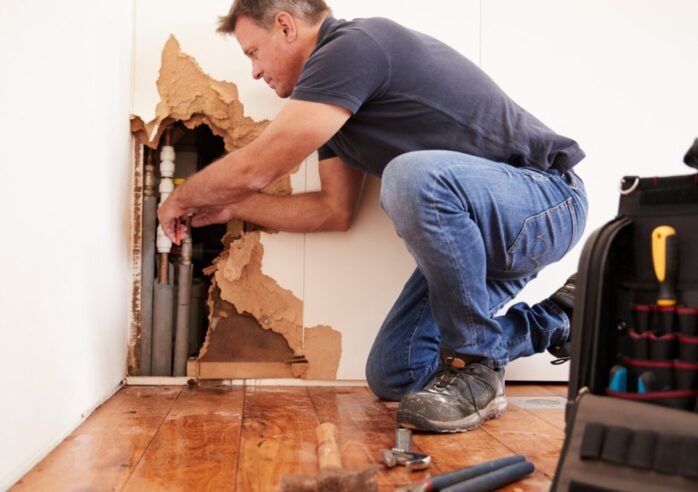
Fixing a burst pipe can be a stressful and urgent issue for any homeowner or property manager. The time it takes to repair a burst pipe depends on several factors including the severity of the burst, the location of the pipe, the type of material, and the availability of a plumber. Let’s break down these factors and offer some plumbing tips for a swift resolution.
Understanding the Severity of the Burst
The extent of damage to the pipe directly impacts the repair time. A minor crack can often be fixed relatively quickly, often within a few hours. However, if the burst has caused a major rupture or if multiple sections of piping are affected, repairs can take significantly longer, possibly a day or more. The severity of the burst also determines whether a simple patch-up will suffice or if a section of the pipe needs to be replaced entirely.
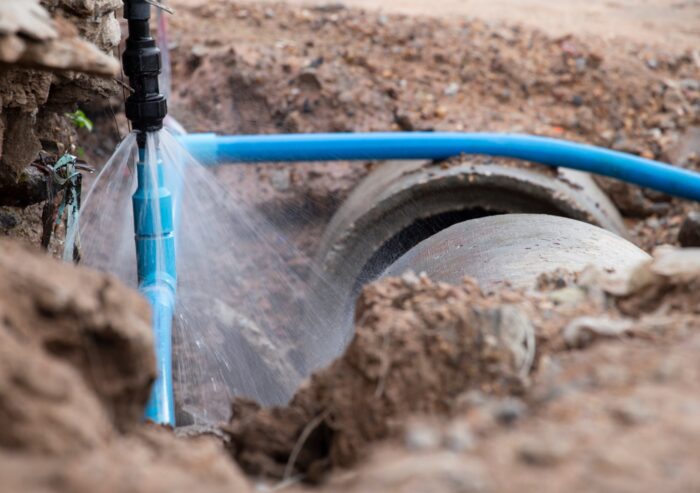
Location of the Pipe
The location of the burst pipe is crucial in determining the repair time. Pipes that are easily accessible, such as those under a kitchen sink, can be repaired more quickly. In contrast, pipes located within walls, ceilings, or underground require more time as they necessitate additional steps such as excavation or removal of parts of the building structure. These repairs might take a full day or even multiple days, especially if restorative work to the property is needed post-repair. Check out plumbing tips and learn more about discovering the location of a burst pipe.
Material of the Pipe and Replacement Considerations
Different pipe materials require different repair techniques. For example, copper pipes might require soldering, whereas PVC pipes might need a specific type of adhesive or a coupling. The availability of the appropriate repair materials and the plumber’s familiarity with the material will affect repair time. Additionally, if a section of the pipe needs to be replaced, the time to obtain the matching material can add to the overall repair duration.
Plumber Availability and Response Time
The response time of a plumber is a critical factor. In emergency situations, plumbers can often arrive within an hour or two. However, if the burst occurs during a peak time or if there’s a high demand for plumbers (such as during a freeze), you might have to wait longer. Once on-site, a professional plumber can assess the situation quickly and begin the repair process.
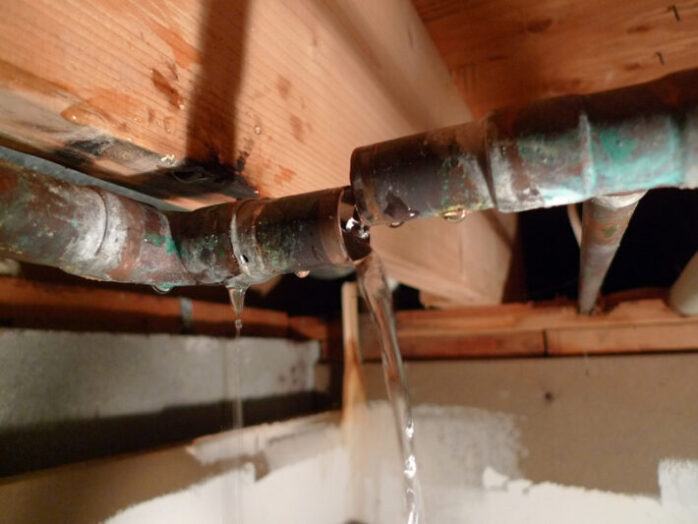
Diagnosing the Problem: The First Step
Upon arrival, a plumber will first diagnose the problem to understand the cause of the burst. This step is crucial as it influences the repair approach. For instance, if the burst is due to frozen pipes, the plumber will need to carefully thaw the pipes before repairing them to prevent further damage.
The Repair Process: A Step-by-Step Approach
The actual repair process involves several steps, starting with shutting off the water supply to prevent further water damage. The plumber then drains the remaining water and begins the repair. For a straightforward fix, this might involve clamping the burst or applying a patch. For more complex issues, cutting out the damaged section and replacing it with a new one might be necessary.
Testing and Confirmation of the Repair
Once the repair is done, it’s essential to test the pipe. The plumber will turn the water back on, check for leaks, and ensure that the water pressure is normal. This step is vital to confirm that the repair is successful and that there are no additional issues.
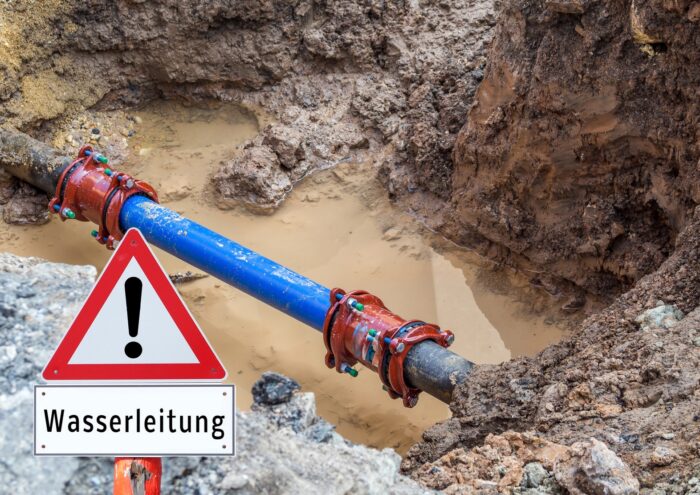
Preventive Measures and Long-Term Solutions
After fixing a burst pipe, it’s important to discuss with your plumber any preventive measures to avoid future bursts. This might involve insulating pipes, regular maintenance checks, or even upgrading old piping systems. These steps can save you time and money in the long run.
Dealing with Water Damage and Restoration
If the burst pipe has caused significant water damage, dealing with the aftermath can extend the repair time. Water damage restoration is a separate process that involves drying out the affected areas, preventing mold growth, and restoring damaged property. This process can take days to weeks, depending on the extent of the damage.
Emergency Preparedness and Quick Response
Being prepared for plumbing emergencies can significantly reduce repair time. Homeowners should know the location of the main water shut-off valve and how to turn it off in case of a burst pipe. Quick action in shutting off the water can minimize damage and make the repair process smoother and faster. Keeping contact information for a reliable plumber handy and having a basic understanding of your home’s plumbing system can also expedite the repair process.
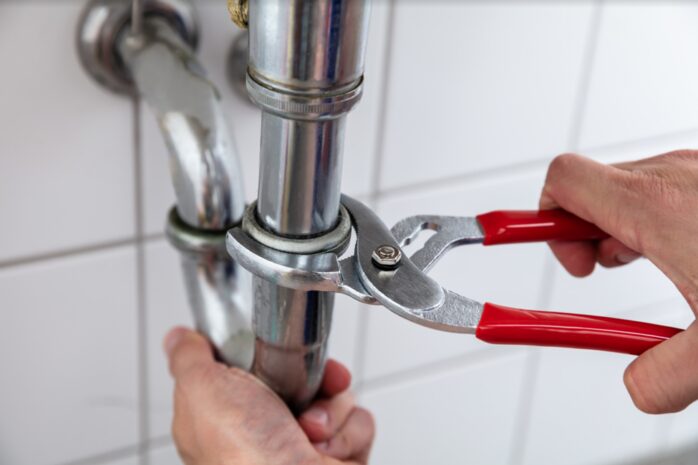
Collaboration with Professional Services
Sometimes, fixing a burst pipe might require collaboration with other professional services, especially in cases of severe water damage. This can include water damage restoration experts, electricians, and construction professionals for structural repairs. Coordination between these services is essential for a comprehensive repair and restoration process. While this collaboration can extend the overall timeline, it ensures that all aspects of the damage are professionally addressed, preventing future issues.
Educating Yourself on Plumbing Maintenance
Regular maintenance and routine inspections of your plumbing system can prevent bursts or catch them before they become severe. Homeowners should educate themselves about the signs of potential plumbing issues, such as unusual noises, visible corrosion, or unexplained increases in water bills. Regular checks, especially before winter months, can identify areas that need insulation or other preventive measures.
Understanding Insurance Coverage and Claims
Finally, it’s important to understand your insurance coverage in the event of a burst pipe. Some policies cover the cost of repairs and water damage restoration. Promptly filing a claim and providing necessary documentation can help in covering some of the repair costs.
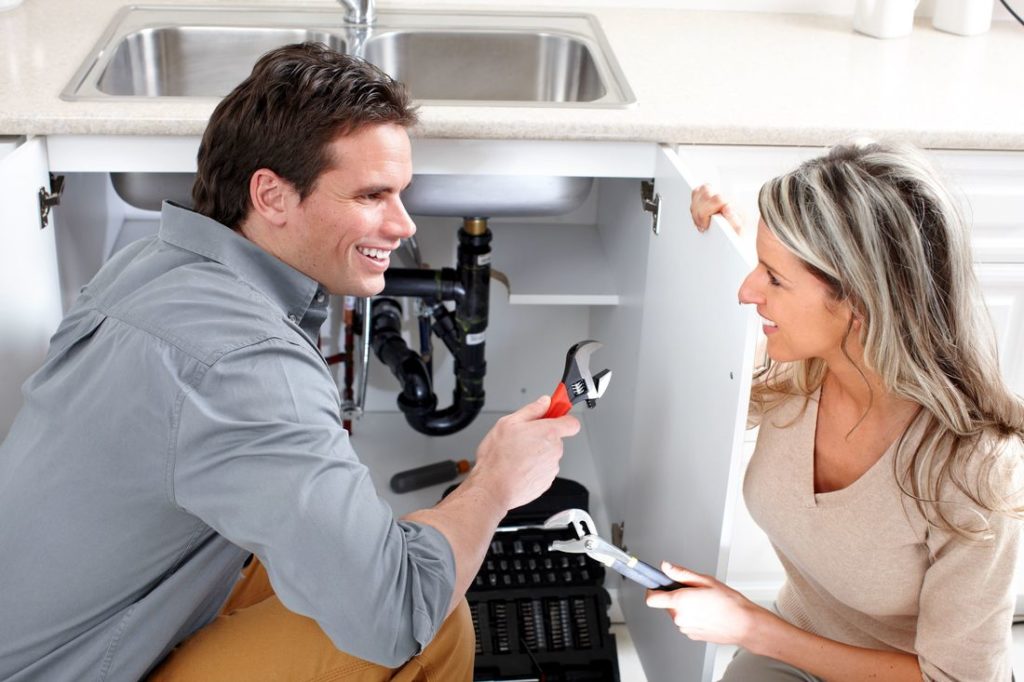
Summary
In summary, the time required to repair a burst pipe varies based on several factors, including the severity and location of the burst, the material of the pipe, the availability of a plumber, and the extent of associated damage. Quick action, being prepared for emergencies, understanding your home’s plumbing, and regular maintenance are key to managing such situations effectively.






